The political cooperation of the countries of Central Europe, Poland, the Czech Republic, Hungary and Slovakia, form the political group called the Visegrad Group, V4.
They are a internal group to the European Union, with the aim of encouraging and investing in the optimization of cooperation between the four countries and other Member States, in addition to joint action within policies for a democratic development of Europe.

Light Blue: Other EU Member States
Source: Wikimedia
What is the Visegrad Group (V4)
Formed in 1991 by Poland, Hungary and the former Czechoslovakia, the countries joined to ask for their inclusion in the European Union. This occurred after the Cold War and the fall of the Soviet Union and the Warsaw Pact, in which they were part of the socialist bloc.
The great purpose of the Group was a “return to the West”, and a rapprochement with European interests as a form of defense and cohesion. Following Slovak independence in 1993, the Visegrad Group gained the nickname V4 and a greater EU interest which eventually accepted them as members in 2004.
The V4 coordination has a varied presidency, which all countries have the possibility to manage, alternating annually.
Within the main guidelines of the Visegrad Group is investment between countries in economic trade and of politics and values. There is a search for the maintenance of a correlated culture among the four countries, mainly in the areas of education, science and exchange of information, in an attempt to maintain a stability of Central Europe.
The formation of political and diplomatic blocs within the Union is a way of seeking greater representation of their common interests as a group, unlike what they would have if they were individual actors within a large group of 27 countries that form the European Union.
How the Visegrad Group influences the European Union integration process
V4 sees the European Union as a joint policy field of several countries, aiming to contribute to the construction of the effective and functional security of the European bloc, as well as mutually reinforcing coordination within the transatlantic and Brussels alliances.
Having a similar socialist past, the four countries together allow a front of action on the eastern border of the EU, an advantage in the defense and implementations of geopolitical interests in the area.
It’s an addition that allows an advantageous alliance to both sides, since it is a form of protection to V4 and a greater field of action to the European Union, besides being a space for discussion of interests, as the Visegrad Group also has its own visions and sometimes diverging from those proposed by the EU.
Other influences of the Visegrad Group on EU policies
Even having a common Central European stability goal, the European Union and V4 have major discussions on the fronts of political implementation.
Within the Group itself, there are tensions about the actions they will take, as Slovakia and the Czech Republic are more favourable to Brussels’ interests, but Hungary and Poland form a more skeptical front.
Immigration:
In 2015, the EU and the Visegrad Group led a conflict of interest over quota policies for refugees.
Hungary was not in favour of the release of immigrants to its territory mainly because of its border with Serbia and Croatia. Prime Minister Viktor Orbán was highly critical of the policy of discharging ex-chanceler Angela Merkel, and decreased from 170,000 refugees in 2015 to only 3700 in 2017.
Poland also added to the tension, and was the first country to position itself against the proposed quotas. The judicial structure is being criticised by the EU, as there is a process of diminishing the independence of the judiciary vis-à-vis the executive, thus undermining the separation of political powers in these countries. While not accepting that Brussels interferes in its internal affairs, Poland has no prospect of leaving the alliance primarily for the economic benefits it brings.
Former Prime Minister of the Czech Republic, Andrej Babiš, was also against solidarity with refugee immigrants. Even the national corruption conflicts involving Babiš were an obstacle to the debate with the European Union.
The three countries, Hungary, Poland and the Czech Republic, have been sued and compensated by the EU.
Slovakia was the only country to accept the quotas, as a way to be more integrated into the core European, because it is in the so-called “Eurozone” (countries that use the Euro as currency) and closer to the centers. However, the country’s corrupt domestic policy was also an obstacle to full approval of immigration policy, former Prime Minister Peter Pellegrini said at the time:
“Slovakia does not agree that there is no difference between legal and illegal migration, and we consider economic migration to be illegal, damaging, and a security risk.”
ex-prime-minister of Slovakia, Peter Pellegrini.
Defense:
The Visegrad Group has two main defense initiatives in the European Union: the Visegrád Battlegroup, led by Poland and included in the NATO system, which have been on alert a few times since the Russian actions in 2014 in Ukraine.
Poland, Slovakia and the Czech Republic are in tune with the other member states regarding defensive policies with Russia. The Polish Prime Minister Mateusz Morawiecki is mainly in favour of the larger strategic autonomy of the EU and organized a meeting between V4 to discuss the cancellation of Nord Stream-2 and the situation with Belarus and Ukraine.
However, Hungary has close economic and political relations with the Kremlin, which made actions against Russia less incisive and resulted in several actions by Brussels against Hungarian infractions.
Economy:
One of V4’s quest is a greater economic integration between countries, creating the Visegrad International Fund. It is an international organisation, similar to a Three Seas Initiative, of donors for the development of the institutions of Central and Eastern Europe and is the only institutionalised form of regional cooperation of the countries of the Visegrad Group.
It was also created the Visegrád Patent Office, which aims to operate in the Patent Cooperation Treaty (PCT) of 2016.
In short, V4 is a group of geographically and socially similar countries in terms of values and interests. They found in this union a way to have their voices amplified in the strategic discussions of the European Union and thus shape the European future.

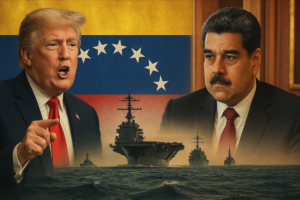


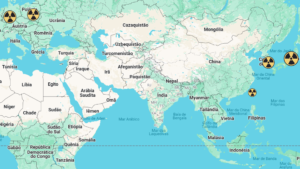
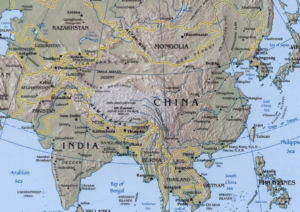




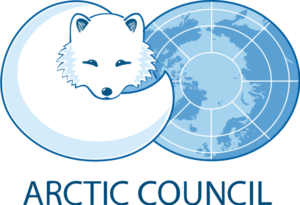


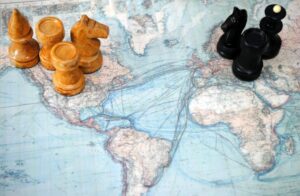

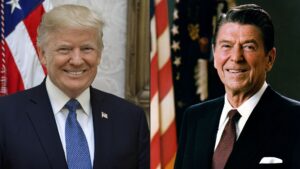
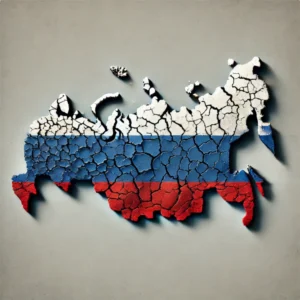
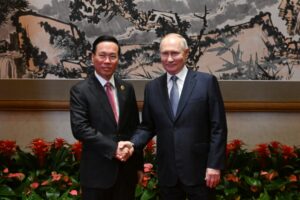
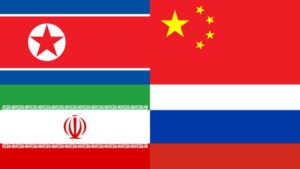
Be First to Comment